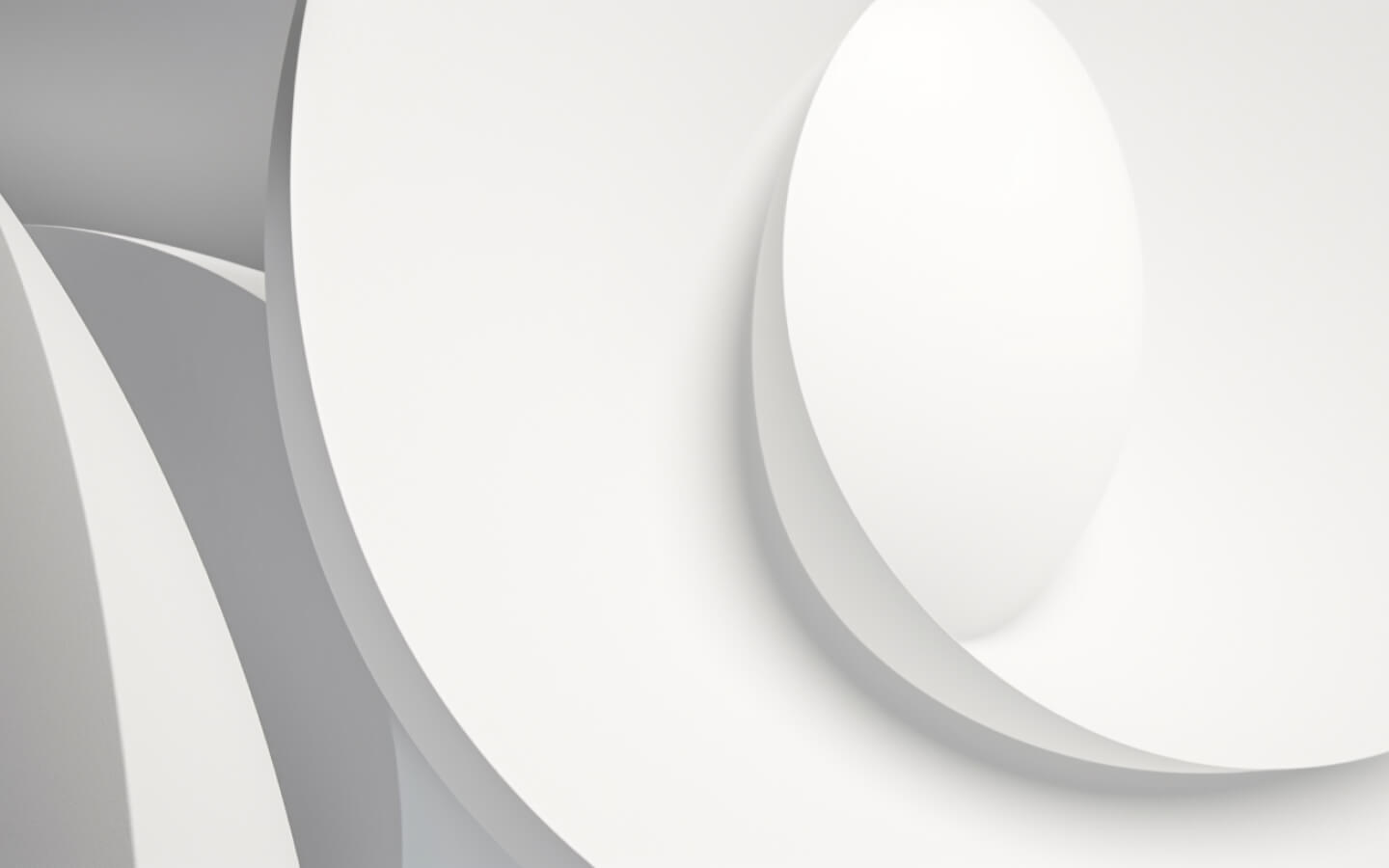Last week, quite a few AMPers attended MITX’s Future M, a conference that brings together marketing and technology innovators to contemplate and celebrate the future of Marketing. See below for a few highlights from the conference and AMPers’ thoughts.
Session: Are You Kidding Me?!
Speaker: Victor Lee, VP Digital Marketing, Hasbro
Favorite Quote: ‘I’ll be interested if you’ll be interesting.’? ‘ From Victor Lee’s presentation
Takeaway: I thought this bit of insight was a great reminder to not get stuck in ‘data land.’? Data is an invaluable resource for marketers, and it’s great for measuring success and recognizing trends, but often times we get so buried in data that we lose site of the story that the information is telling us. It’s important to remember to take a step back and really bring the data to life. At the end of the day, numbers are just numbers unless you use them to tell a story.
Session: Find Your Golden Thread
Speaker: Jim Speros, EVP, Fidelity Communications and Advertising
Highlight: I drew a ton of inspiration cultivated from case studies presented. The standout cases were Dove, Coca Cola and Fidelity. These cases are successful because they leverage consumer insight and human emotion to connect with the target audience.
Takeaways:
- Brands are becoming more and more integrated, and those who aren’t will fall by the wayside.
- It’s vital to keep one driving point to a brand or campaign message ‘ one point will always drive home the hardest and be the most effective.
Dove Real Beauty Sketches
Coca-Cola Happiness Without Borders
Fidelity Saving For Skydiving
Session: Building to Learn with Art, Copy, & Code
Speaker: Aman Govil, Head of Advertising Arts Team at Google
Highlight: As described through Google’s project ‘Art, Copy, & Code,’? we’re in the midst of a 2nd creative revolution, driven by technology. Code is being added to the core creative process, enabling new forms of brand expression and engagement.
Takeaway: Art, copy and code is the creative team for the connected world.
Session: Mobile + Consumer Loyalty Insights from JetBlue Airways
Speaker: Jonathan Stephen, Head of Mobile and Emerging Tech at JetBlue
Highlights: Mobile is, of course, everywhere and travelers are looking for simple on-the-go solutions. Given this insight, JetBlue conducted a digital rebrand – making a mobile app and redesigning the desktop experience to match the app. The app knows where you are in your travel cycle, so every time you open it, it gives you the info you are looking for without clicking anything (i.e. when you go through security then open the app, it will tell you what your gate is and if your flight is on time. When you land, it will tell you baggage claim information. Just by creating an app option, JetBlue loyalty program sign ups increased by 10%.
They created a similar system for their pilots and crew. The mobile app for the crew is hosted on iPad that each crew member/pilot has on board. For pilots, the app holds all flight manifests, maps, etc. For crew members, the app will take orders and the usual things. The coolest thing about it is that it shows where people are seated and can highlight things about them (i.e. Steve is in seat 5A and has traveled with JetBlue 100 times. He only orders Ginger Ale). This functionality enables crew members to deliver top rated customer service.
Takeaway: The key takeaway for me was that before implementing ANY new feature on mobile or elsewhere, brands need to poll their customers (Facebook/in app/surveys/everywhere they can) to find out exactly what their user needs in order to create the best experience.
To read more about the conference, visit http://blog.mitx.org/






